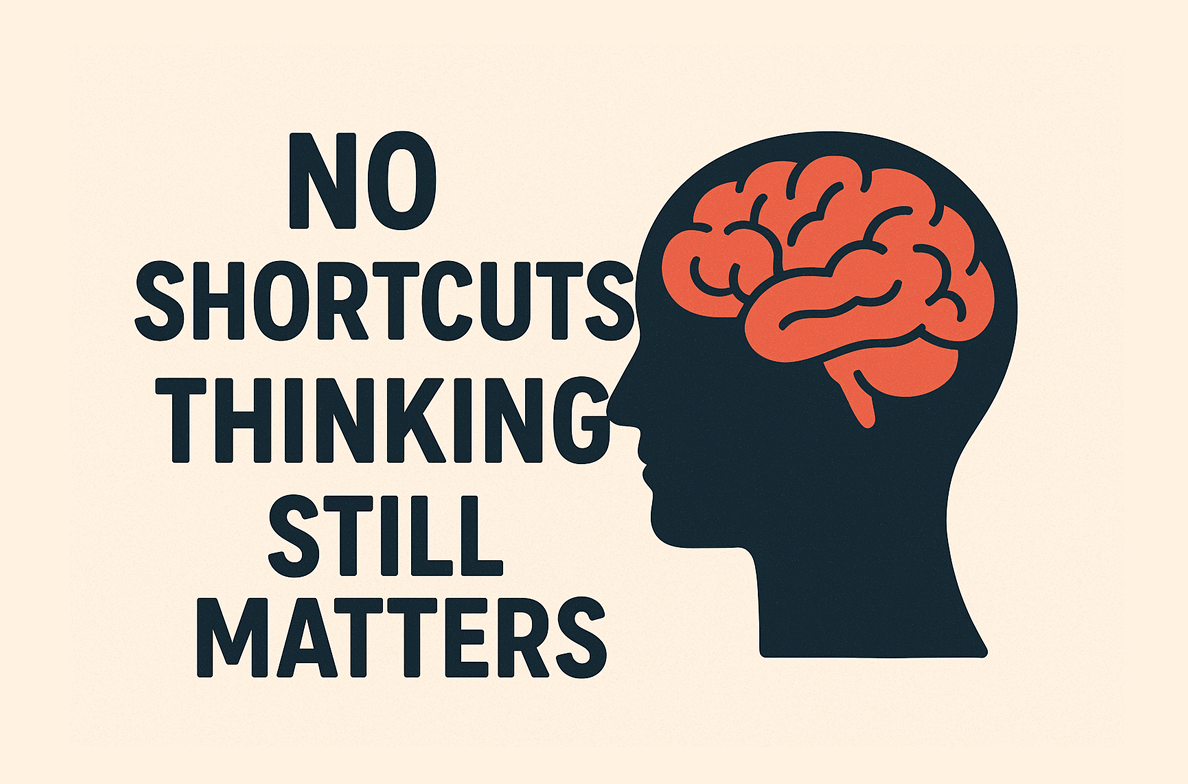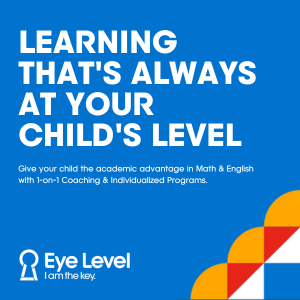Different students have different learning styles. According to a study by Walter Burke Barbe and further developed by Neil D. Fleming, there are three different learning styles that go by the acronym VAK. Parents will be able to help their child learn better if they know their child’s primary learning style.

1. Visual
Visual learners are individuals who absorb and understand new information well when delivered to them through graphic depiction of relevant symbols such as diagrams, charts and other visuals. Large chunks of information when simplified in one visual works best for them. Visual learners are able to visualise a passage from a book they read from a moment ago and envision images easily.
If your child is a visual learner, you should teach your child to add colours into their notes with coloured pens. Moreover, they should utilise outlines, symbols, graphs and charts in their notes during classes to organise and retain information better. Parents should also encourage children to include a good number of white spaces in their notes because visual learners can get overwhelmed when too much information is being squeezed into one page. Besides that, visual learners should always pay more attention to the visuals that are part of a text to further understand the information presented. Since these learners understand better when they visually see how something is carried out, parents can advise their child to ask their teacher to visually demonstrate a concept or a topic. Additionally, creating flashcards with symbols or simple images for revision purposes at home will also be helpful as your child is able to connect the information with the relevant visuals.

2. Auditory
Auditory learners, also known as aural learners, work best when they are presented with new information through spoken words by the teacher. Therefore, they may prefer to fully concentrate on what the teacher is saying instead of taking notes during classes. These learners are able to retain the information given by the teacher and will have no issue in actively participating in class or following verbal directions given by the teacher. In-class discussions with classmates are also very helpful for them. However, aural learners would be distracted easily if they were given in-class tasks that would require them to read or write in between lessons.
If your child happens to be an auditory learner, you can suggest them to record their lessons which they can refer to during revisions where they can take notes of important content. Do not forget to consult their teacher to get permission to record lessons. You can also suggest your child to listen to classical music when they are revising at home. Besides that, your child should find study buddies to have revision sessions after class where they can bounce off each other’s idea and test each other’s understanding of the class lessons. Along with this, you can encourage your children to participate in class discussions or ask their teacher questions after classes to clarify any confusion on a particular topic.

3. Kinesthetics
Kinesthetic learners are individuals who prefer to be physically involved in their learning process. These learners prefer the hands-on method of learning because they are active in nature and they utilise all their senses when they receive, absorb and decipher new knowledge. Therefore, kinesthetic learners struggle in a normal classroom setting where they might get fidgety. Therefore, these learners work well with skills-based classes where they are able to engage with the learning materials instead of classes that work around conceptual or abstract subjects.
If your child happens to be a kinesthetic learner, you can get them to stand up during revision time as it helps with improving their retention and comprehension. These learners may get restless if they sit down for long periods of time. Perhaps getting a standing desk may be beneficial for your child. Besides that, you can incorporate short breaks in between your child’s revision period and encourage them to do some simple exercises such as jumping jacks or jump rope to channel out their excess energy. Along with that, you should give your child a fidget toy or a rubber band for them to fidget with while they are studying at home or even in school as it will help your child to stay attentive during study sessions. If your child finds it difficult to understand a topic, you can teach them to use objects such as toy blocks or drawings to visualise the topic as kinesthetic learners have good motor memory.
There are students who have more than one learning style. These individuals are known as “multimodal learners”. Once you identify your child’s learning style, you will be able to help him or her learn better.
References:
https://teach.com/what/teachers-know/learning-styles/
https://www.thoughtco.com/whats-your-learning-style-3078119
https://www.thoughtco.com/visual-learning-style-3212062
https://www.thoughtco.com/the-kinesthetic-learning-style-3212046
https://www.thoughtco.com/auditory-learning-style-p3-3212038
If you have enjoyed reading this article, you may enjoy reading the following articles:
- 5 Tips for Effective Virtual Learning
- How to Improve Your Child’s Writing Skills
- 6 Tips on Self-Learning a Foreign Language
- 5 Benefits of Writing Poetry


































